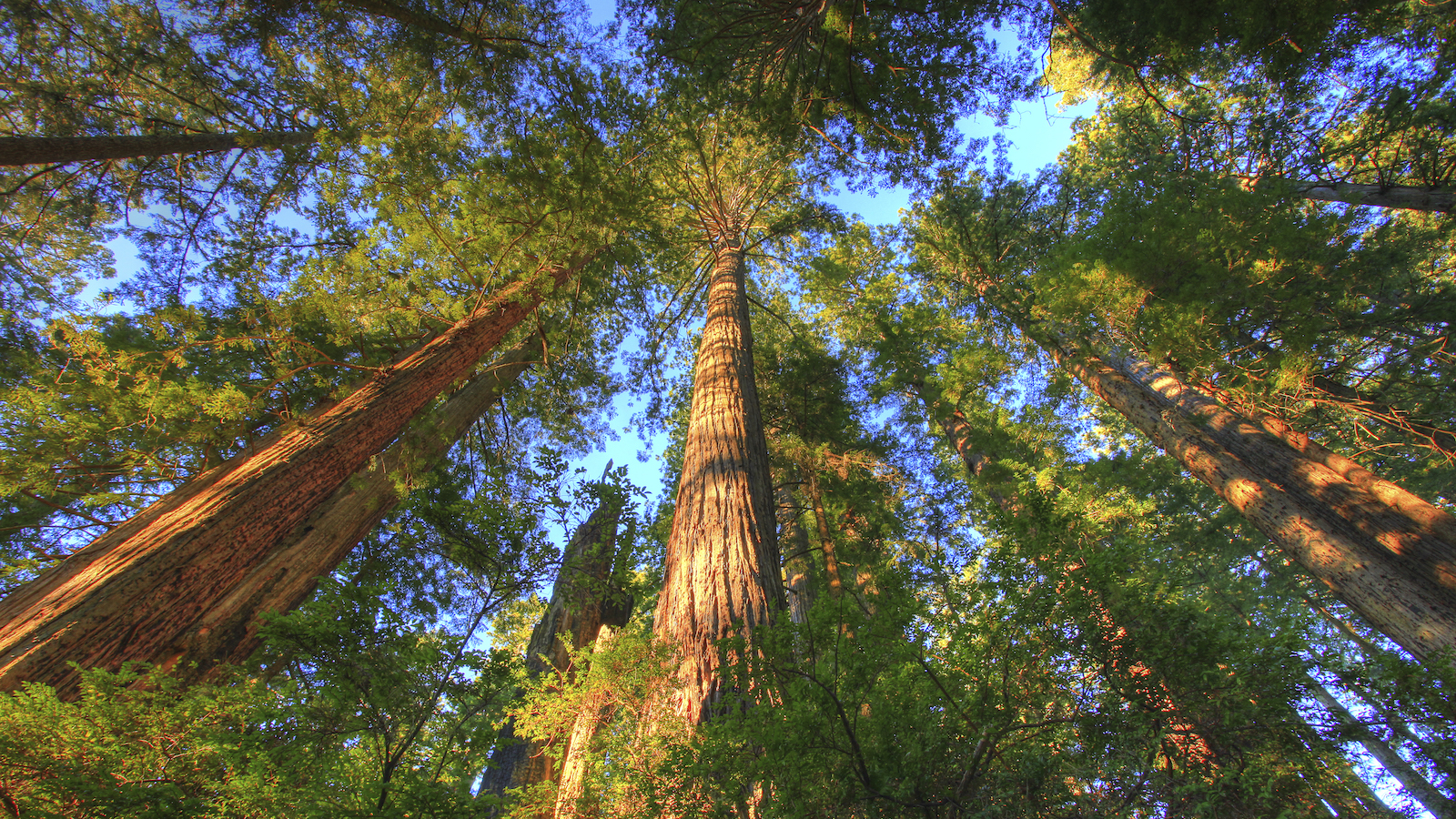
Tell the Biden Administration: Protect Mature and Old-Growth Forests
State transportation agency applied for federal Wildlife Crossings Pilot Program grant to support endangered cat
ADD YOUR NAME
Wildlife and Wild Places Intern
Executive Director, Environment Texas Research & Policy Center
The Texas Department of Transportation (TxDOT) has applied for a federal grant to fund the management, monitoring, and research of endangered ocelots in south Texas. The federal Infrastructure Investment and Jobs Act of 2021 allocated $350 million for a new Wildlife Crossings Pilot Program (WCPP), intending to reduce wildlife-vehicle collisions. According to The Wildlife Society, vehicle collisions account for 40% of ocelot deaths for the population at the Laguna Atascosa National Wildlife Refuge in South Texas. As expanded urbanization has created a loss of habitat for ocelots, they often have no choice but to risk crossing increasingly high-traffic roads. But an underpass built by TxDOT to create a safe crossing for ocelots underneath US Highway 77 in the Rio Grande Valley of Texas has seen success with ocelots and other wildlife utilizing it. The WCPP grant money would be used for more resources to protect ocelots in that area, including infrared and motion-detecting cameras for that crossing, GPS collaring of ocelots and bobcats, and extensive public education and outreach. With only 60-80 ocelots remaining in Texas, this is great news.
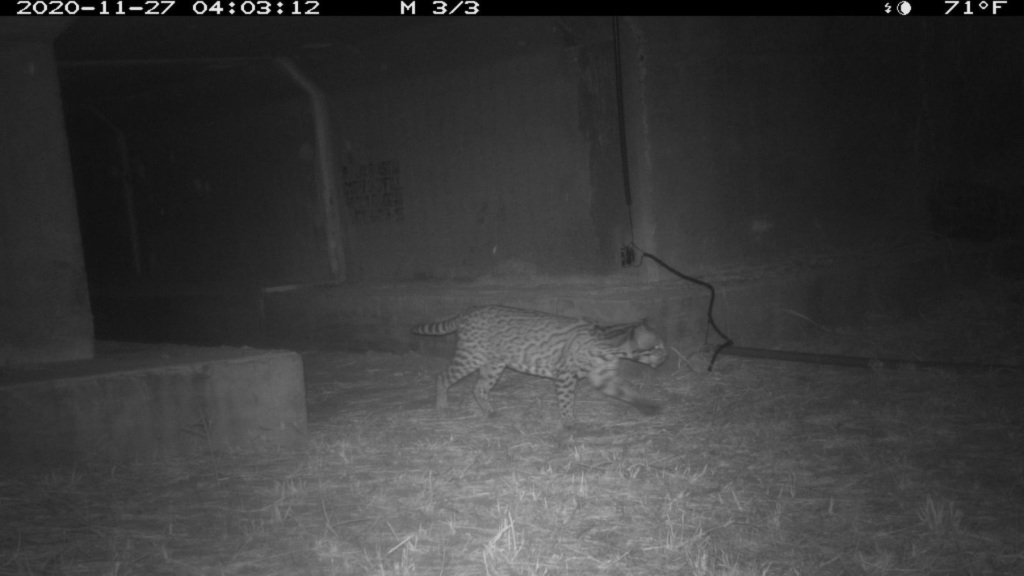
Ocelot photographed by infrared cameras using wildlife crossing on FM 106 in south TexasPhoto by UT Rio Grande Valley and USFWS | Used by permission
Animal-Vehicle Collisions in Texas
Animal-vehicle collisions (AVCs) are unfortunately common in Texas. According to a UT Center for Transportation Research (CTR) report from 2019, there are around 8,000 AVCs reported in Texas a year—but that is only what is reported, and usually reports involve large animals. Taking into account unreported collisions and small animals such as rodents, this number could be 5-10x higher. Not only is this harmful to animals, but a report from the Insurance Institute for Highway Safety in 2021 found that “over the past 10 years, Texas had the highest numbers of [human] deaths from collisions with animals” (197 deaths). According to the Texas Parks & Wildlife Department, 723 crashes involving wildlife were recorded along US 77 from 2013 to 2022.

Cougar photographed by infrared cameras using wildlife crossing on SH 100 in south TexasPhoto by UT Rio Grande Valley | Used by permission
Existing Wildlife Crossings and Structures in Texas
Some structures to protect ocelots already exist. According to Dr. Sharon Wilcox, Senior Texas Representative at Defenders of Wildlife, a collaborative effort started in 2014 between TxDOT, U.S. Fish and Wildlife Service, the Friends of Laguna Atascosa National Wildlife Refuge, and the Houston Zoo saw the construction of a network of 13 crossing structures on roads around Laguna Atascosa National Wildlife Refuge. The University of Texas at Rio Grande Valley began observing some of these crossings in 2016, and in early 2020—a few months before the study was to end—reported that 6,000 animals had been observed using the crossings instead of the highway. In addition to ocelots, bobcats, raccoons, opossums, weasels, foxes, rabbits, turtles and snakes have also been seen using these wildlife crossings.
In San Antonio, the Tobin Land Bridge was opened in December 2020 as a mixed-use bridge—there is a corridor for wildlife and another for humans. One of the largest land bridges in the world, the 189-foot bridge crosses over a major freeway/arterial road, and is currently under study by San Antonio’s Parks and Recreation department and the Phil Hardberger Park Conservancy. They have observed 16 species of animals consistently using the bridge, such as armadillos, axis deer, squirrels, and hawks.
Existing infrastructure has also been retrofitted to accommodate wildlife. An interesting case is that of the brown pelican, which was being killed on SH 48 in South Texas for years. In times of cold weather, strong north winds combined with the way the highway was built created an air vortex, sending any pelicans that flew through straight down into the highway. TxDOT’s solution was to create slits to barriers to allow air to pass through, reducing the strength of the vortex.
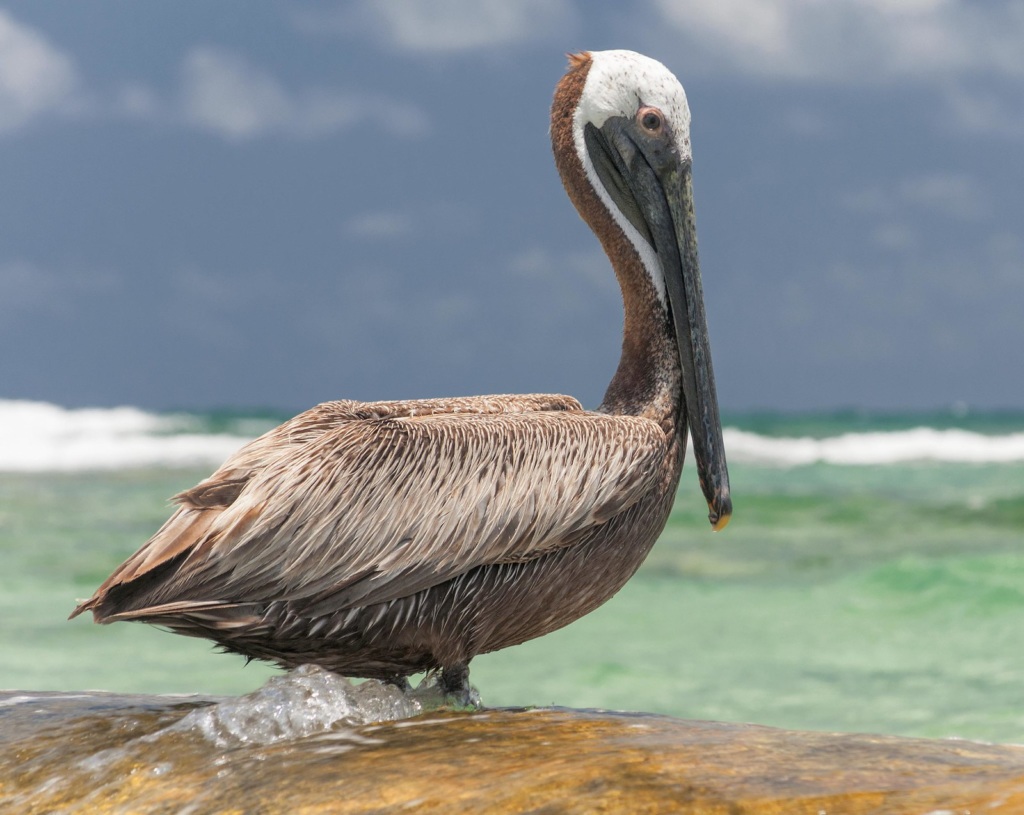
A brown pelican perched on the seashorePhoto by Rodger Evans | CC-BY-2.0
Not far from SH 48, the Bahia Grande Coastal Corridor Habitat Acquisition project was completed in June 2021, protecting an important biodiverse area of southern Texas. The area is home to many federally-endangered species, including five species of sea turtles, ocelots, jaguarundis, and nesting northern Aplomado falcons. As part of the project, Holly Beach was acquired and then added to the Laguna Atascosa National Wildlife Refuge. Wildlife corridors were expanded, reconnecting separated parts of the refuge and the newly acquired land. This project resulted in the creation of a protected corridor of more than 100,000 acres of contiguous conservation lands in South Texas.
Future Projects
The black bear has been slowly returning and spreading across Texas since the 1980s, after being almost completely eradicated in the 1950s. As of 2020, there are about three dozen bears living in the Chisos Mountains of Big Bend National Park, and black bears have also been seen in the Texas Panhandle and the Valley. These bears are thought to be coming from northern Mexico, which has a thriving bear population. Several bears have also been spotted in East Texas, migrating from Oklahoma and Arkansas. As the black bear is a threatened, yet growing species in Texas, more wildlife crossings will need to be implemented to protect them from collisions. Conservationists and scientists have also warned that the US-Mexico border wall would prevent transboundary movement of black bears, in addition to several other species.
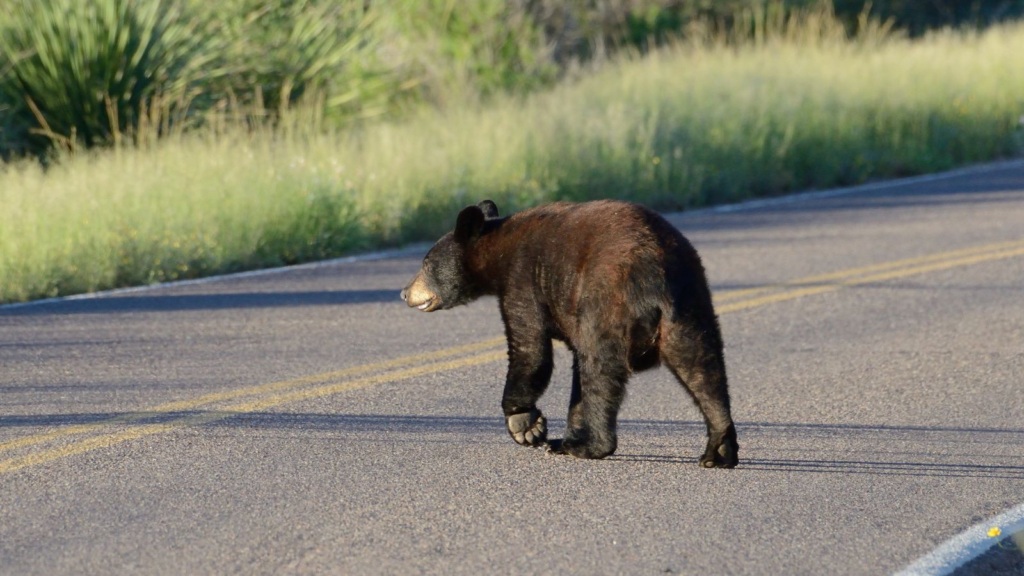
Black bear crosses a road at Big Bend National ParkPhoto by JanetAndPhil | CC-BY-SA-2.0
Other ideas for reducing AVCs have been proposed. TxDOT has encouraged use of iNaturalist, an app that can be used by any individual to observe and log things found in nature. Malaysia and Israel work with Waze to both alert drivers in areas where AVCs often occur and allow drivers to simply click a button to report an observed vehicle-killed animal. But the implementation of wildlife crossings and corridors has seen some of the greatest successes in saving animals.
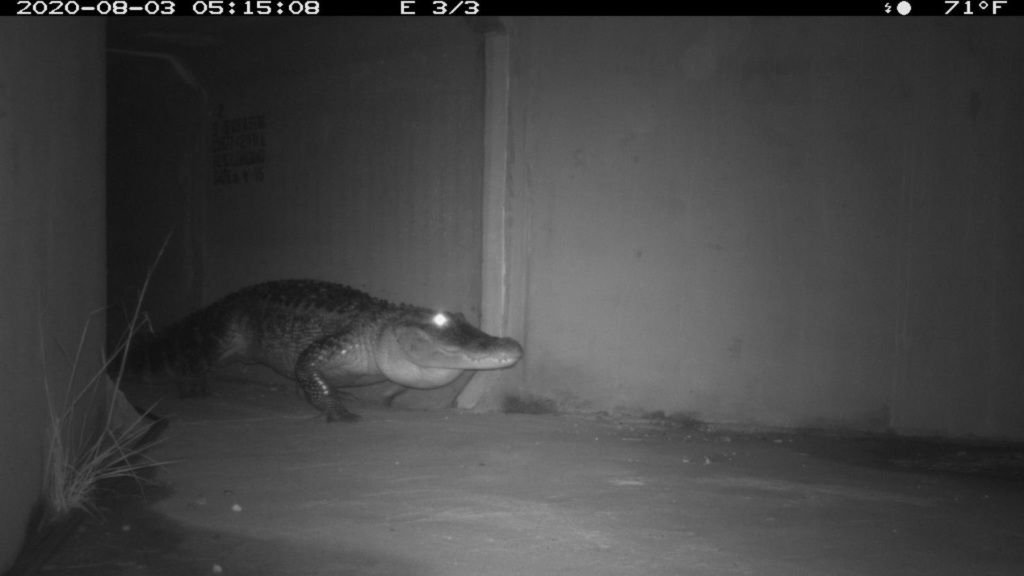
Alligator photographed by infrared cameras using wildlife crossing on FM 106Photo by UT Rio Grande Valley and USFWS | Used by permission
Wildlife and Wild Places Intern
As the director of Environment Texas, Luke is a leading voice in the state for clean air, clean water, clean energy and open space. Luke has led successful campaigns to win permanent protection for the Christmas Mountains of Big Bend; to compel Exxon, Shell and Chevron Phillips to cut air pollution at three Texas refineries and chemical plants; and to boost funding for water conservation and state parks. The San Antonio Current has called Luke "long one of the most energetic and dedicated defenders of environmental issues in the state." He has been named one of the "Top Lobbyists for Causes" by Capitol Inside, received the President's Award from the Texas Recreation and Parks Society for his work to protect Texas parks, and was chosen for the inaugural class of "Next Generation Fellows" by the Robert S. Strauss Center for International Security and Law at UT Austin. Luke, his wife, son and daughter are working to visit every state park in Texas.
